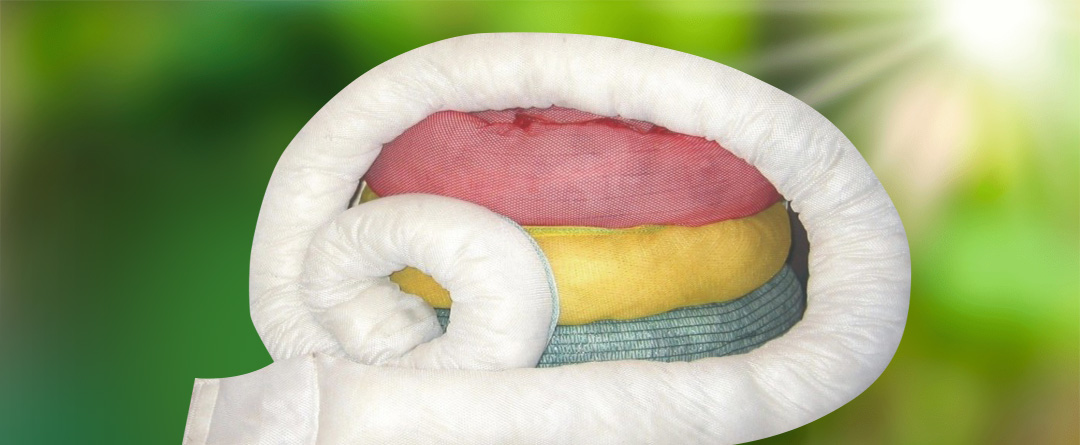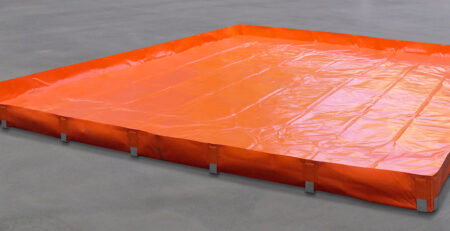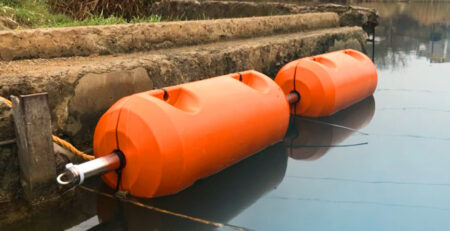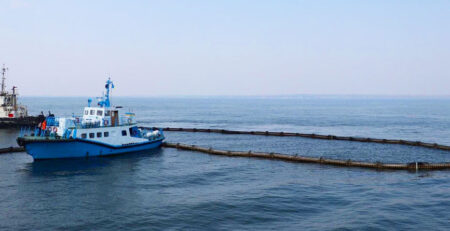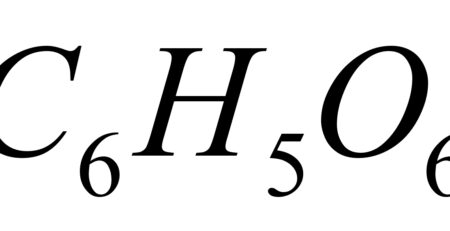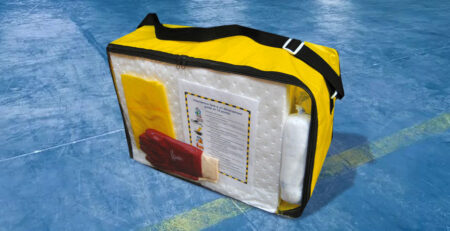Modern spill response solutions: oil sorbents and their applications
Oil sorbents are materials used to absorb and remove oil and oil product spills from a variety of surfaces, including water, soil, and hard surfaces. These materials play a key role in oil spill response by preventing environmental contamination.
Types of petroleum sorbents:
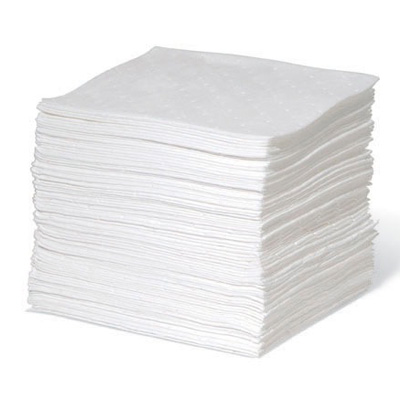
- Made from natural materials such as peat, wood fibers, straw, and cotton.
- Highly absorbent and environmentally friendly.
- Based on clay minerals, zeolites, vermiculite.
- Highly resistant to chemicals and durable.
- They are made of polymeric materials (polypropylene mats, rolls, granules).
- They are lightweight, highly absorbent and reusable.
Applications of petroleum sorbents:
- Elimination of oil spills on the water surface (in seas, rivers, lakes);
- Cleaning of contaminated soils and shorelines;
- removal of oil products from industrial surfaces (concrete, metal);
- Prevention of pollution at oil production and refining facilities;
- Use in emergency kits at transport and enterprises.
Benefits:
- High efficiency in oil spill control;
- Environmental safety and absence of toxic effects;
- Easy to use and dispose of;
- Reusability (for some types of sorbents);
- Universal for different conditions and types of contaminants.
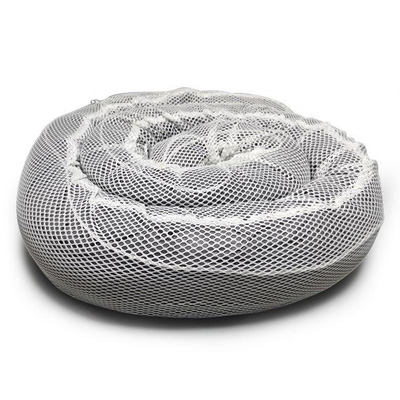
Based on the above, it can be concluded that oil sorbents are an important tool to protect the environment from the consequences of oil spills.
Proper selection and use of sorbents can minimize damage to ecosystems and increase the efficiency of oil and oil product spill response activities.
Econadine Biosorbent:
The biosorbent “Econadin” (Ecological Hope) – an innovative product based on natural organic substrate, sphagnum peat – occupies a special place among modern solutions. It combines the properties of an effective oil sorbent and bio-destructor.
“Econadine” contains avirulent bacteria-destructors of hydrocarbons, which accelerate the decomposition of oil pollution to safe components – water and carbon dioxide. This sorbent does not require special utilization, which makes it an environmentally safe and cost-effective solution for oil spill response on water and land.

